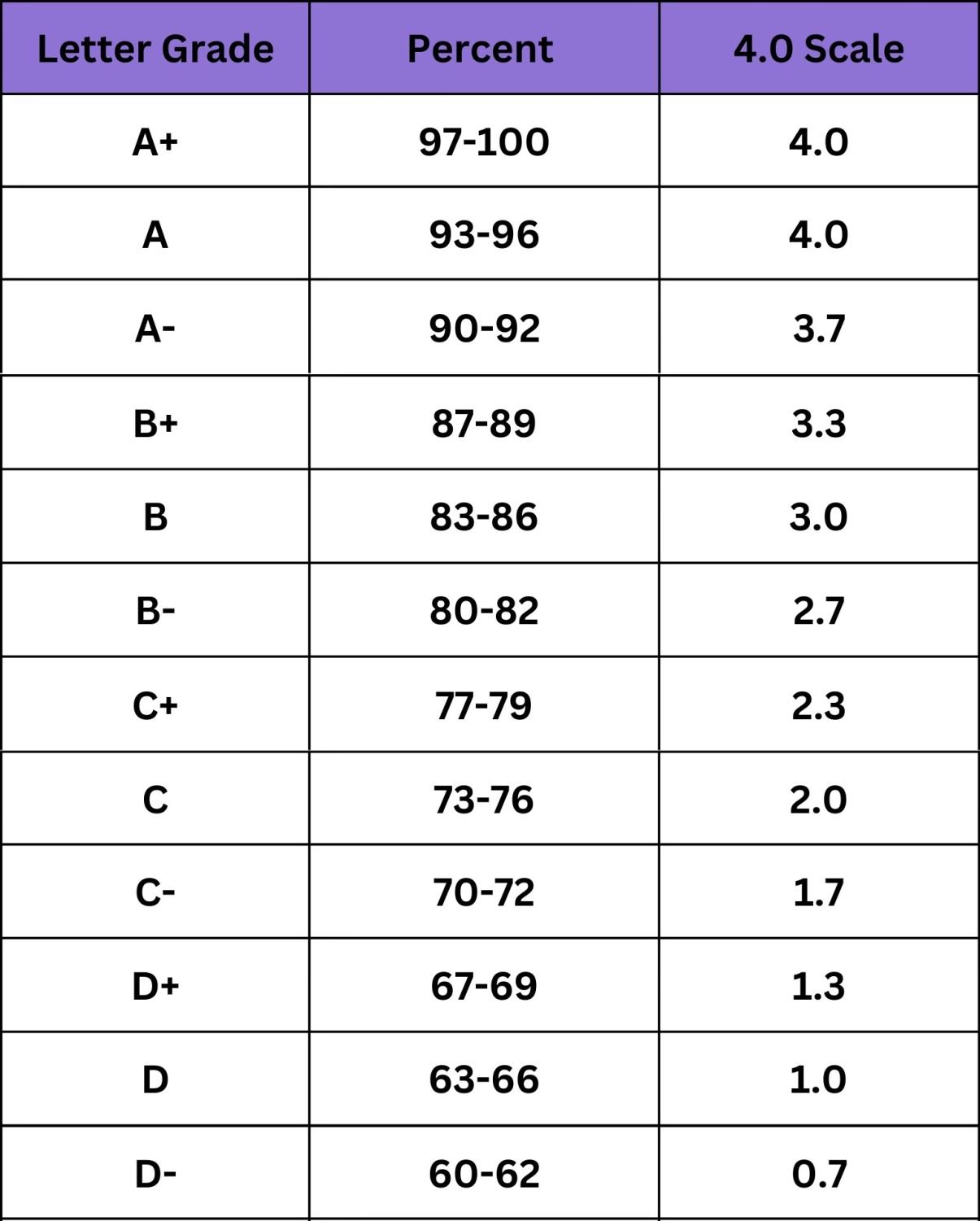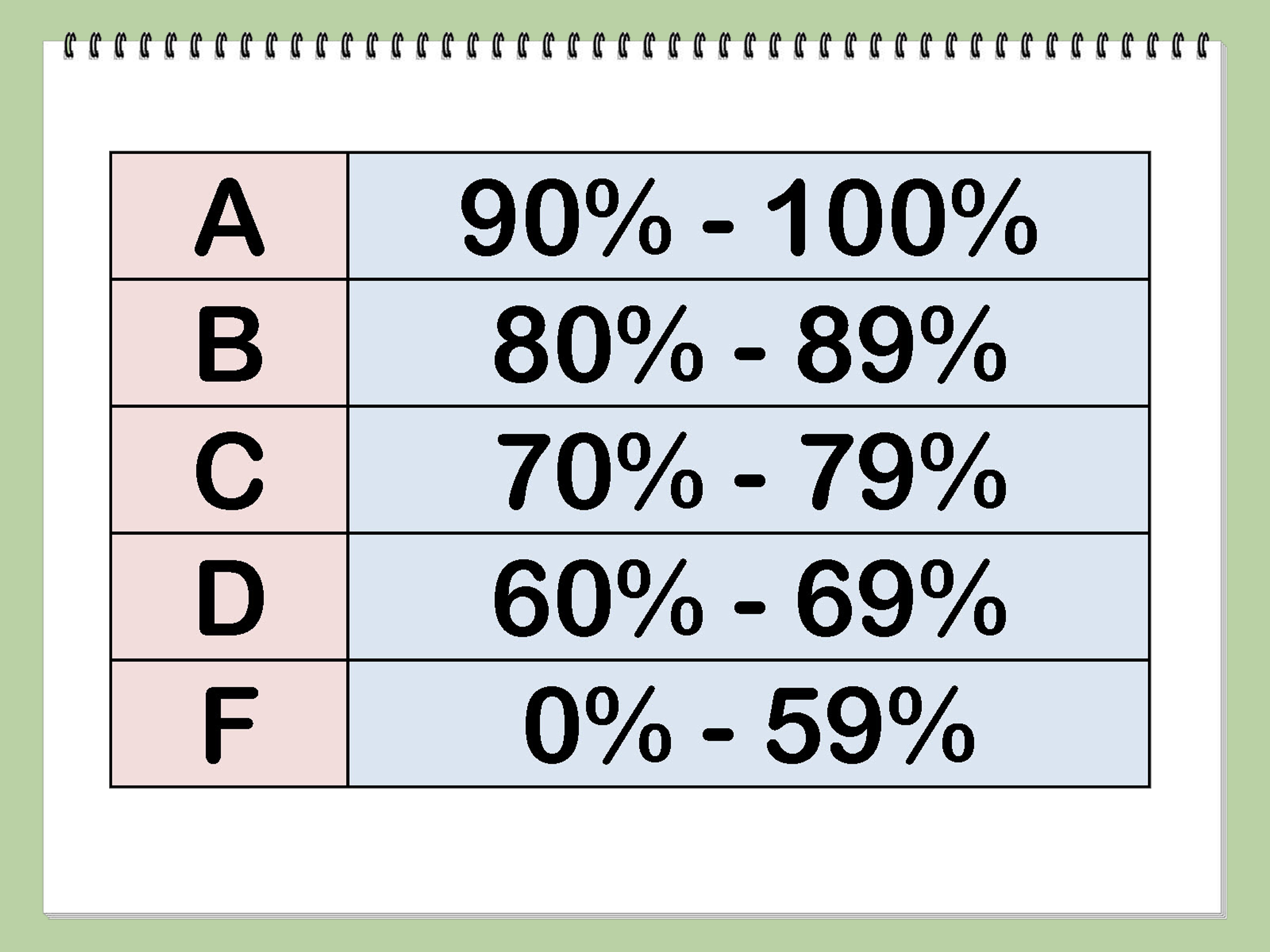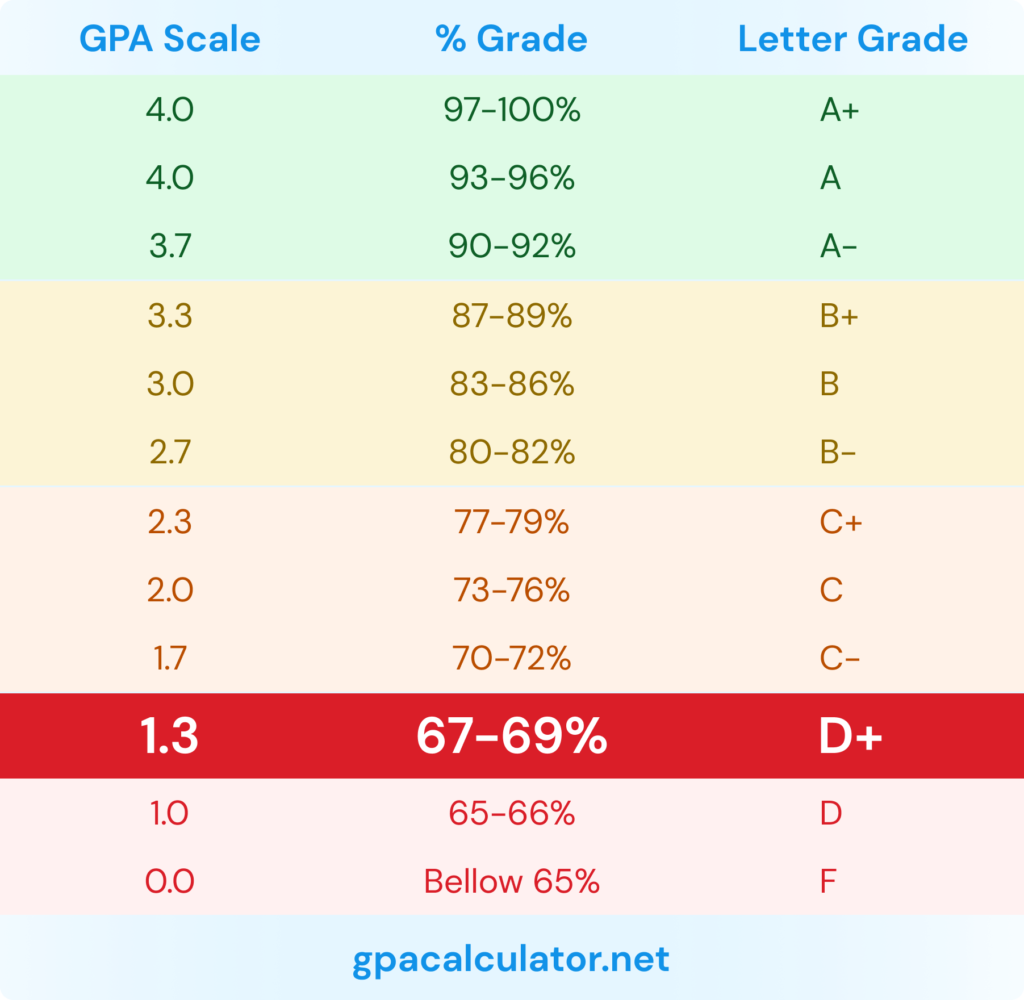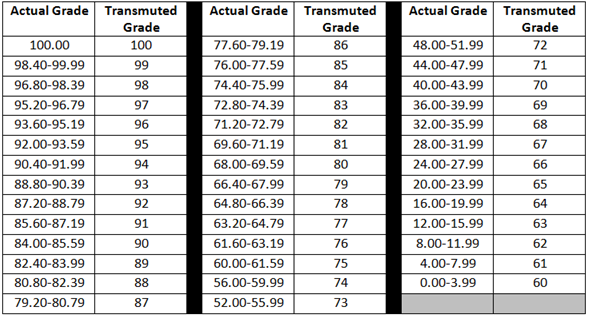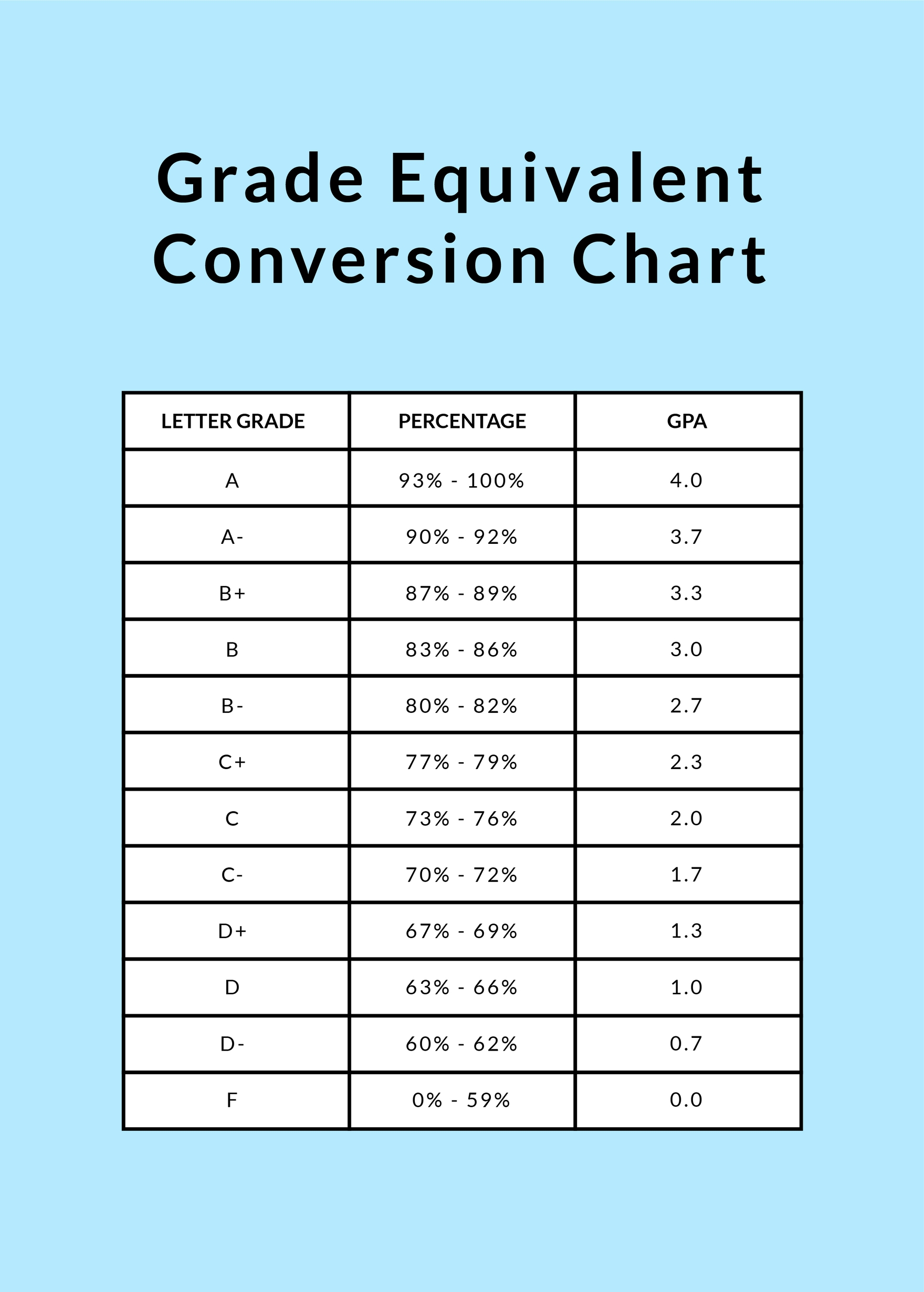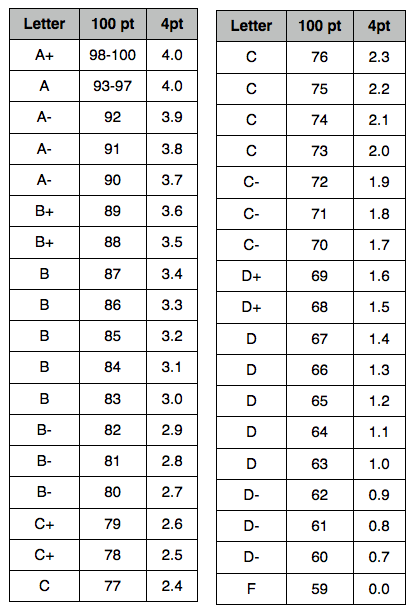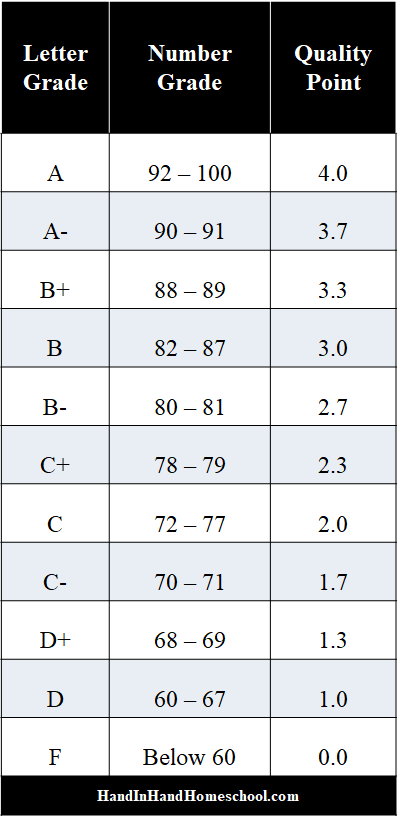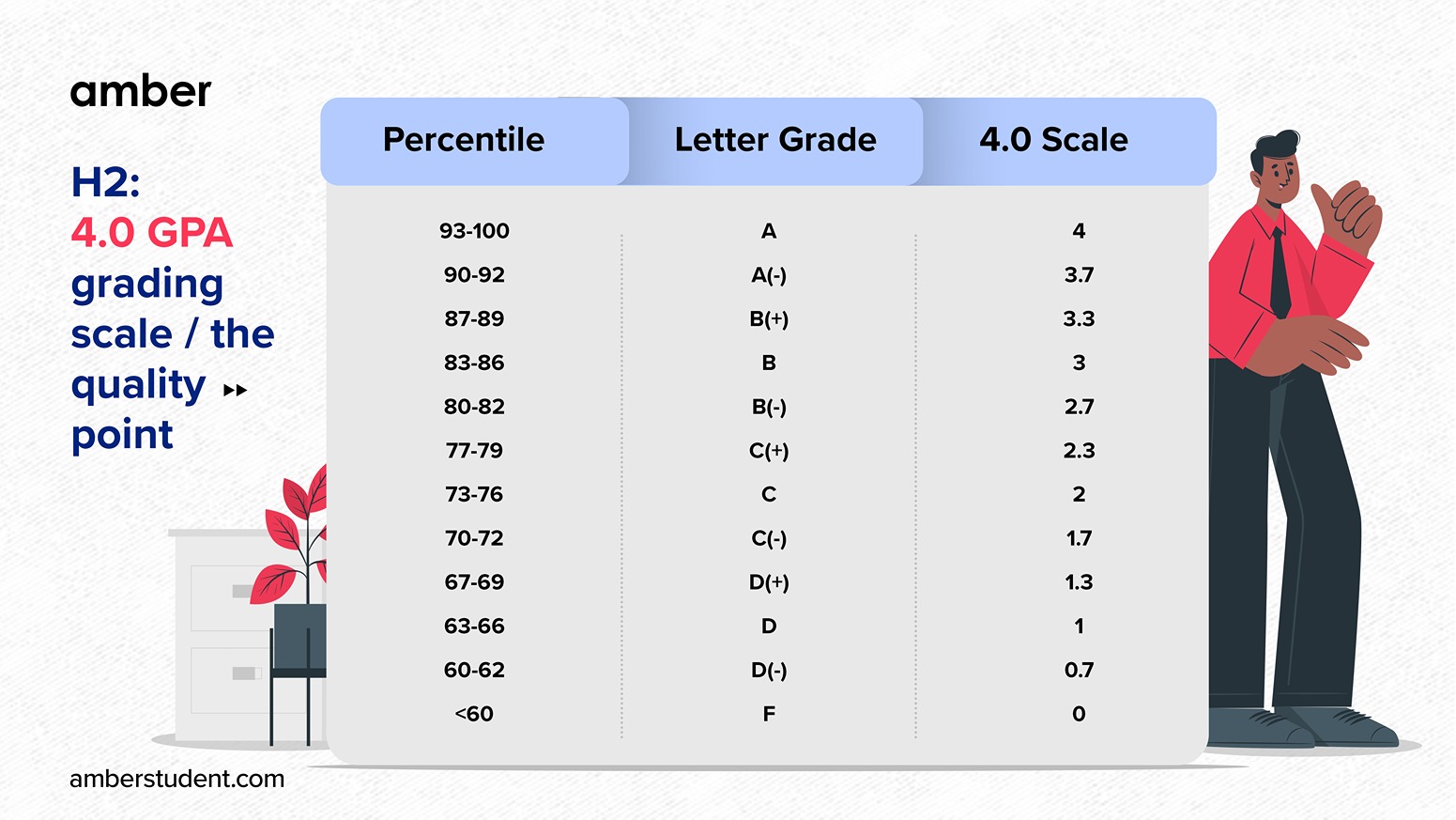What Grade Is A 41 Out Of 50
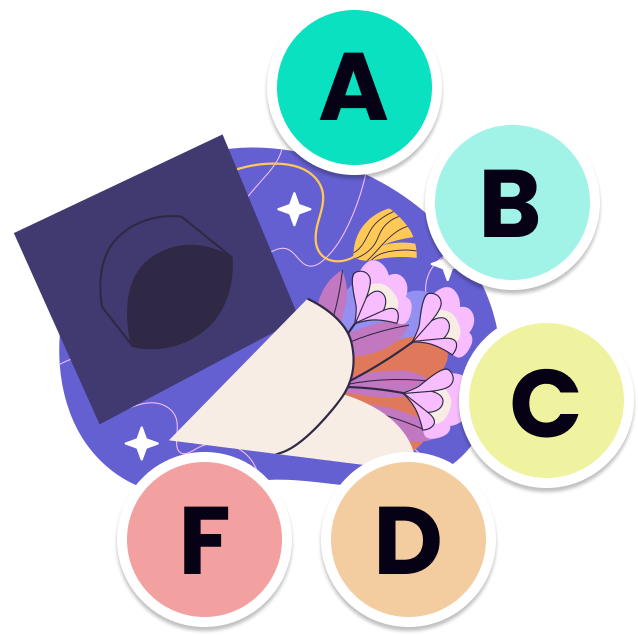
The crumpled math test lay on the kitchen table, a stark landscape of circled problems and red ink. Ten-year-old Maya stared at the fraction scrawled at the top: 41/50. A knot of anxiety tightened in her stomach. Was it good? Was it bad? The unknown grade loomed, a question mark hanging heavy in the air.
At its core, figuring out the grade for a 41 out of 50 score involves a simple percentage calculation, placing it in the B+ to A- range, depending on the specific grading scale used by the school or instructor. Understanding this process, however, reveals a broader landscape of educational assessment, its nuances, and its impact on student learning and motivation. It’s about more than just a letter; it’s about understanding progress.
The Universal Language of Percentages
The foundation of understanding 41/50 lies in converting it to a percentage. The formula is straightforward: (Score / Total Possible Score) * 100. In this case, (41 / 50) * 100 = 82%. This 82% provides a standardized way to compare this score against various grading scales.
Percentages are universally understood and are the bridge that connects raw scores to letter grades. They allow educators and students to quickly gauge performance relative to the maximum possible achievement.
Decoding the Grading Scale
While 82% is the numerical representation, the corresponding letter grade depends on the grading scale. A typical grading scale in many schools might look like this: 90-100% = A, 80-89% = B, 70-79% = C, 60-69% = D, and below 60% = F.
Based on this scale, 82% would translate to a B. However, grading scales aren't uniform. Some instructors might use a plus/minus system, further refining the grade. For example, 87-89% could be a B+, and 80-86% a B, according to the ThoughtCo.
Some institutions might even have slightly different cutoffs or utilize a curve, adjusting grades based on the overall class performance. Checking the specific syllabus or course guidelines is paramount.
Beyond the Letter: The Value of Feedback
The numerical score and the corresponding letter grade are only part of the story. Meaningful feedback is critical for student growth. A 41/50, even if it's a solid B, offers an opportunity for learning.
Where did the student lose points? Was it a conceptual misunderstanding, a careless error, or a time management issue during the test? Understanding the why behind the score is far more valuable than the letter itself.
According to Edutopia, students consistently express a desire for feedback, viewing it as more helpful than grades alone. This feedback allows them to identify areas for improvement and adjust their learning strategies.
The Psychological Impact of Grades
Grades can significantly impact a student's motivation and self-esteem. While a B is generally considered a good grade, some students might feel disappointed if they were aiming for an A.
It's important to foster a growth mindset, emphasizing that grades are a snapshot in time and don't define a student's potential. Encouraging students to focus on learning and improvement, rather than solely on the grade, can mitigate the negative effects of performance anxiety.
According to Carol Dweck, author of *Mindset: The New Psychology of Success*, students with a growth mindset are more resilient and more likely to embrace challenges. This contrasts with a fixed mindset, where students believe their abilities are static and unchangeable.
The Role of Teachers and Parents
Teachers play a crucial role in providing constructive feedback and creating a supportive learning environment. Parents can support their children by focusing on effort and progress, rather than solely on the final grade.
Open communication between teachers, students, and parents is essential. Understanding the grading policies, expectations, and areas for improvement can alleviate anxiety and promote a collaborative approach to learning. A 41/50 becomes a data point in a larger conversation.
Grading systems are meant to motivate students; however, its important to realize that grades are not the ultimate goal. They are a tool to enhance growth.
Alternative Assessment Methods
The traditional grading system, with its reliance on tests and quizzes, isn't without its critics. Alternative assessment methods, such as portfolios, projects, and presentations, can provide a more holistic view of a student's understanding.
These methods allow students to demonstrate their knowledge in different ways, catering to various learning styles and strengths. A project-based approach can showcase deeper understanding and critical thinking skills, which might not be fully captured by a single test score.
Formative assessments, such as quick checks and classroom discussions, offer ongoing feedback throughout the learning process, enabling adjustments to instruction and student learning in real-time. This proactive approach can prevent surprises on summative assessments like tests.
The Grade in Context
Ultimately, the meaning of a 41 out of 50 extends beyond the letter grade. It represents a student's effort, understanding, and progress at a particular point in time.
By focusing on feedback, fostering a growth mindset, and utilizing a variety of assessment methods, educators and parents can help students see grades as a tool for learning and growth, rather than a source of stress and anxiety. A B is not a destination but a waypoint on a journey.
Maya, after talking with her mom about the areas she could improve on, felt a little better. The 41/50 still sat on the table, but it no longer seemed quite so daunting. It was a guidepost, not a judgment.

